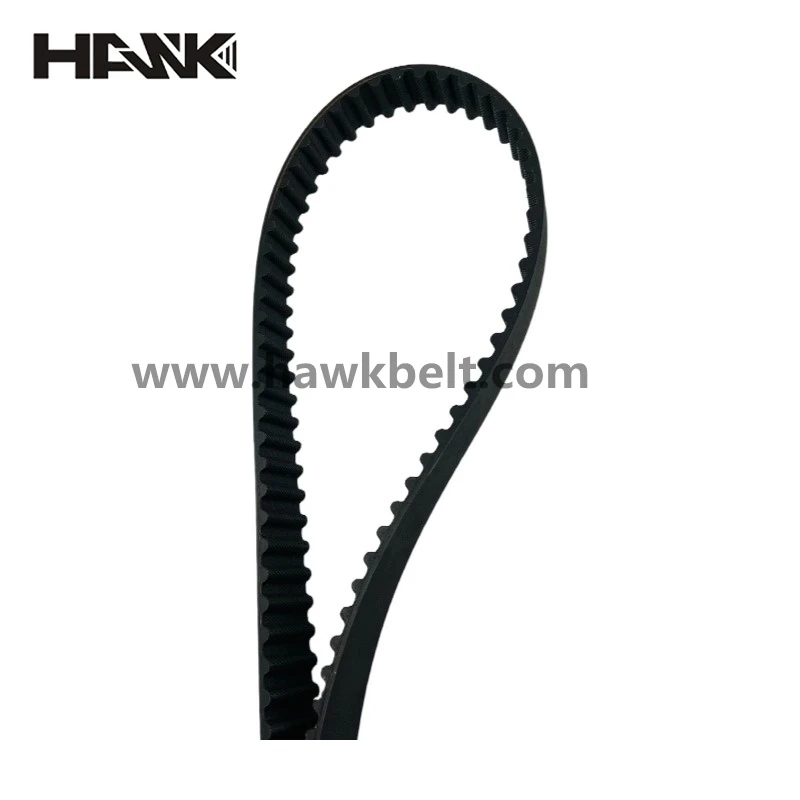- Arabic
- French
- Russian
- Spanish
- Portuguese
- Turkish
- Armenian
- English
- Albanian
- Amharic
- Azerbaijani
- Basque
- Belarusian
- Bengali
- Bosnian
- Bulgarian
- Catalan
- Cebuano
- Corsican
- Croatian
- Czech
- Danish
- Dutch
- Afrikaans
- Esperanto
- Estonian
- Finnish
- Frisian
- Galician
- Georgian
- German
- Greek
- Gujarati
- Haitian Creole
- hausa
- hawaiian
- Hebrew
- Hindi
- Miao
- Hungarian
- Icelandic
- igbo
- Indonesian
- irish
- Italian
- Japanese
- Javanese
- Kannada
- kazakh
- Khmer
- Rwandese
- Korean
- Kurdish
- Kyrgyz
- Lao
- Latin
- Latvian
- Lithuanian
- Luxembourgish
- Macedonian
- Malgashi
- Malay
- Malayalam
- Maltese
- Maori
- Marathi
- Mongolian
- Myanmar
- Nepali
- Norwegian
- Norwegian
- Occitan
- Pashto
- Persian
- Polish
- Punjabi
- Romanian
- Samoan
- Scottish Gaelic
- Serbian
- Sesotho
- Shona
- Sindhi
- Sinhala
- Slovak
- Slovenian
- Somali
- Sundanese
- Swahili
- Swedish
- Tagalog
- Tajik
- Tamil
- Tatar
- Telugu
- Thai
- Turkmen
- Ukrainian
- Urdu
- Uighur
- Uzbek
- Vietnamese
- Welsh
- Bantu
- Yiddish
- Yoruba
- Zulu
Novemba . 16, 2024 03:27 Back to list
Understanding Fan Belts and Timing Belts in Automotive Engines for Optimal Performance
Understanding Fan Belts and Timing Belts Essential Components of Your Vehicle
When it comes to the smooth operation of your vehicle, numerous components work in harmony to ensure optimal performance. Among these, fan belts and timing belts play crucial roles in the engine’s functionality. Understanding these components—how they operate and their importance—can help you maintain your vehicle effectively.
What are Fan Belts?
The fan belt, often referred to as the serpentine belt, is a vital part of your vehicle's engine system. It is a long, winding belt that connects various accessories to the engine's crankshaft. These accessories include the alternator, power steering pump, water pump, and, in some vehicles, the air conditioning compressor. The fan belt is responsible for transferring power from the engine to these components, allowing them to function efficiently.
One of the primary functions of the fan belt is to drive the cooling fan. The cooling fan is essential for regulating the engine temperature by pulling air through the radiator, preventing the engine from overheating. Additionally, by driving the alternator, the fan belt ensures that the vehicle’s electrical system remains charged and operational. Given the numerous responsibilities assigned to the fan belt, its proper maintenance is critical.
What are Timing Belts?
The timing belt, on the other hand, is an entirely different component, but it is equally important. This belt is responsible for synchronizing the rotation of the crankshaft and the camshaft(s). This synchronization is vital for ensuring that the engine’s valves open and close at the correct times during the combustion cycle, which is essential for the engine to run smoothly.
fan belt and timing belt

Timing belts are typically made from reinforced rubber and are designed to withstand high levels of stress and strain. They require periodic replacement, as they can wear down or become loose over time, potentially leading to significant engine damage if they fail. Unlike the fan belt, which can be replaced relatively easily, a broken timing belt can cause severe repercussions, including bent valves and damaged pistons, requiring extensive repairs.
Importance of Maintenance
Both the fan belt and timing belt are integral to the performance and longevity of your engine. Regular inspections and timely replacements can prevent breakdowns and costly repairs. Mechanics often recommend checking these belts at regular intervals or during routine oil changes.
Signs that your fan belt may need replacement include squeaking noises, cracks, or fraying. For the timing belt, watch for signs of it slipping or a ticking noise from the engine. Generally, manufacturers suggest replacing the timing belt every 60,000 to 100,000 miles, but it’s always wise to consult your owner’s manual or a professional mechanic for specific recommendations related to your vehicle.
Conclusion
In summation, understanding the roles of the fan belt and timing belt is essential for every vehicle owner. These components are fundamental to your engine’s performance and reliability. By prioritizing their maintenance and being aware of potential warning signs, you can ensure that your vehicle runs smoothly for years to come. Regular attention not only helps prevent breakdowns but also contributes to the overall safety and efficiency of your car, allowing you to focus more on the road ahead and less on what’s under the hood.
-
Korean Auto Parts Timing Belt 24312-37500 For Hyundai/Kia
NewsMar.07,2025
-
7PK2300 90916-T2024 RIBBED BELT POLY V BELT PK BELT
NewsMar.07,2025
-
Chinese Auto Belt Factory 310-2M-22 For BMW/Mercedes-Benz
NewsMar.07,2025
-
Chinese Auto Belt Factory 310-2M-22 For BMW/Mercedes-Benz
NewsMar.07,2025
-
90916-02660 PK Belt 6PK1680 For Toyota
NewsMar.07,2025
-
drive belt serpentine belt
NewsMar.07,2025

